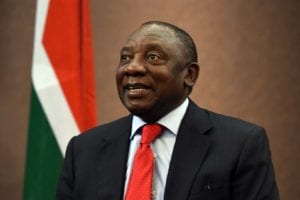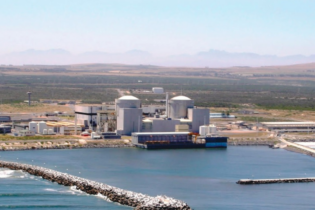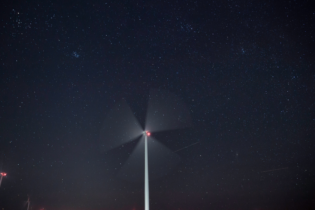A R300-billion investment pipeline has been identified under South Africa’s Green Hydrogen National Programme, which has been designated as a Strategic Integrated Project (SIP) for accelerated development under the country’s Infrastructure Development Act.
Public Works and Infrastructure Minister, Patricia de Lille confirmed that nine green hydrogen projects will receive priority status this week, which means they will be fast-tracked. The minister was speaking at South Africa’s inaugural green hydrogen summit, which officially started on Tuesday. The summit is an opportunity for South Africa to market itself as a large-scale, low-cost green hydrogen production hub. Green hydrogen is one of the infrastructure sectors being developed. Green hydrogen involves using renewable energy for its production – as opposed to fossil fuel-based power, which is carbon-intensive and incompatible with climate commitments to limit global warming. Green hydrogen is seen as an alternative, cleaner fuel for industrial processes such as steelmaking or the mobility sector, such as aviation, which release a lot of emissions. Green hydrogen would help the country keep to its climate commitments and remain globally competitive as its trading partners, like the EU, will place penalties on products with high carbon content. President Cyril Ramaphosa said that the government was seeking to use the program to position the country as an “investment destination of choice” as countries in Europe and Asia sought to import green hydrogen to both decarbonise and bolster their energy security. Ramaphosa said that green hydrogen had huge potential to support economic growth, investment and job creation. South Africa has been working on green hydrogen research and innovation since 2007. Green hydrogen has also been identified as one of the three key focus areas of South Africa’s Just Energy Transition Investment Plan. Ramaphosa said government wanted to enable more investment in the sector, as it would have knock-on gains for employment. Nine priority projectsNine projects, worth R300 billion, have been identified for gazetting as SIPs in terms of the Infrastructure Development Act of 2014. These projects form part of the Green Hydrogen National Programme – of which there are 19 in total.
The nine projects will follow an expedited path to get all their approvals or authorisations for their implementation because they will be classified as SIPs. The identified projects have gone through “extensive quality assurance” processes and are aligned to the country’s overall plans and policies for economic growth, De Lille explained. Among the nine include the Prieska Power Reserve in the Northern Cape – valued at R9.7 billion. This project will produce green hydrogen and green ammonia in 2026, using renewable solar and wind energy, De Lille said. “This will be done in combination with the natural resources of water and air, located outside of Prieska in the Northern Cape.” The project, which was founded by black-owned, women-led Makhlako a Phala – in partnership with the Central Energy Corporation and the Industrial Development Corporation – is located in the Siyathemba Local Municipality in the Northern Cape. During its first phase, it is expected to create more than 10 500 jobs over its construction and operation phase. All nine projects have successfully been registered with Infrastructure South Africa, De Lille said. The remaining 10 green hydrogen projects that form part of the national programme still need to submit final project information to Infrastructure South Africa, De Lille said. These include the Saldanha Bay green hydrogen project and green steel production at ArcelorMittal mothballed plant in the same region.







